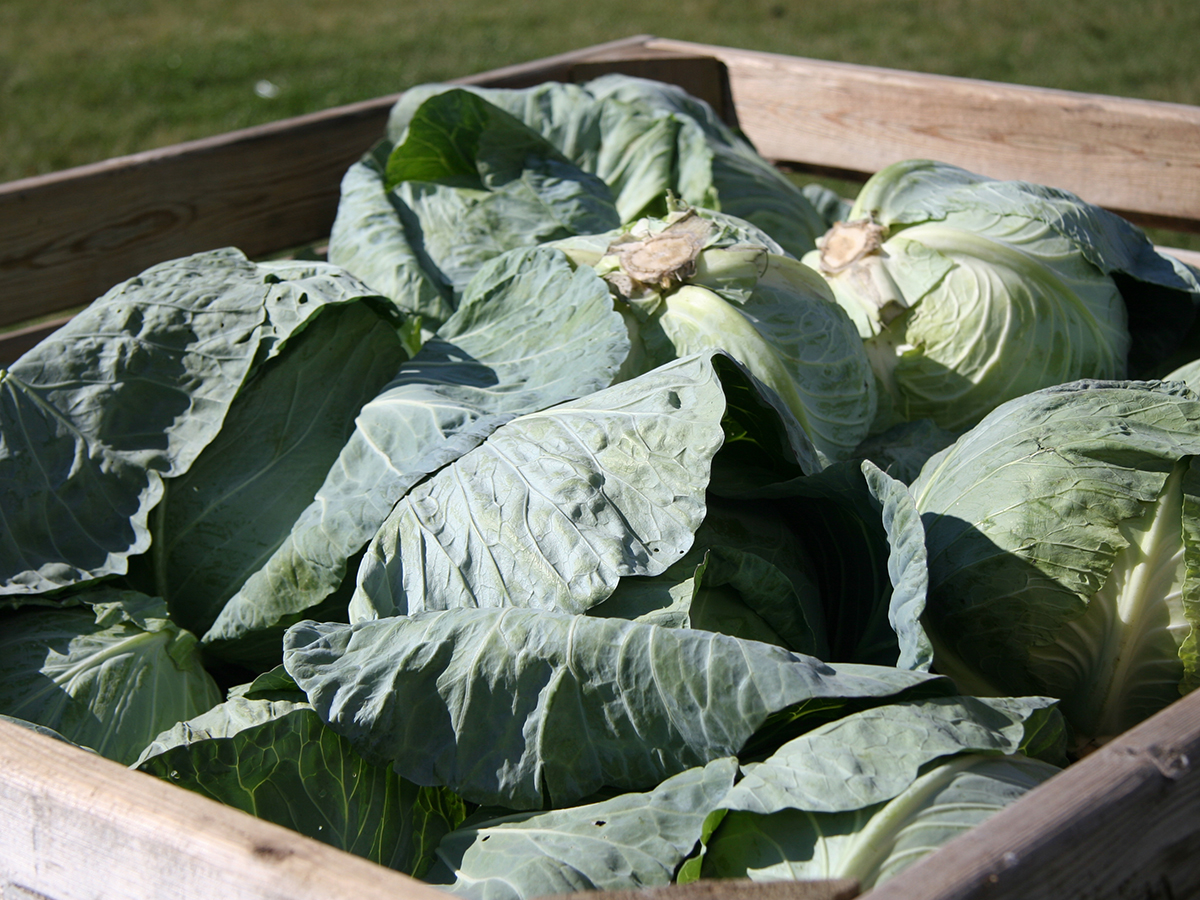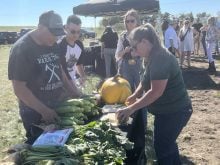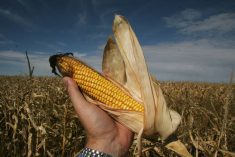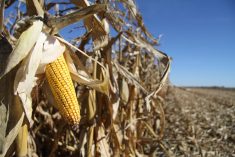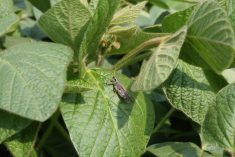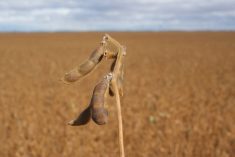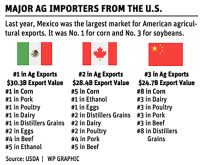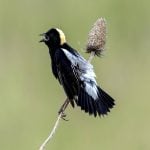SASKATOON – New insecticide treatment for cabbage root maggots may soon be available to vegetable growers, courtesy of a trial conducted by the Saskatchewan Strategic Field Program.
At a conference hosted by the Saskatchewan Fruit Growers Association and the Saskatchewan Vegetable Growers Association, Connie Achtymichuk, the provincial specialist for vegetable crops, shared projects from last year.
The two projects she and her teams worked on were cabbage root maggot insecticides and sweet corn varieties, which carried over from 2023.
Read Also
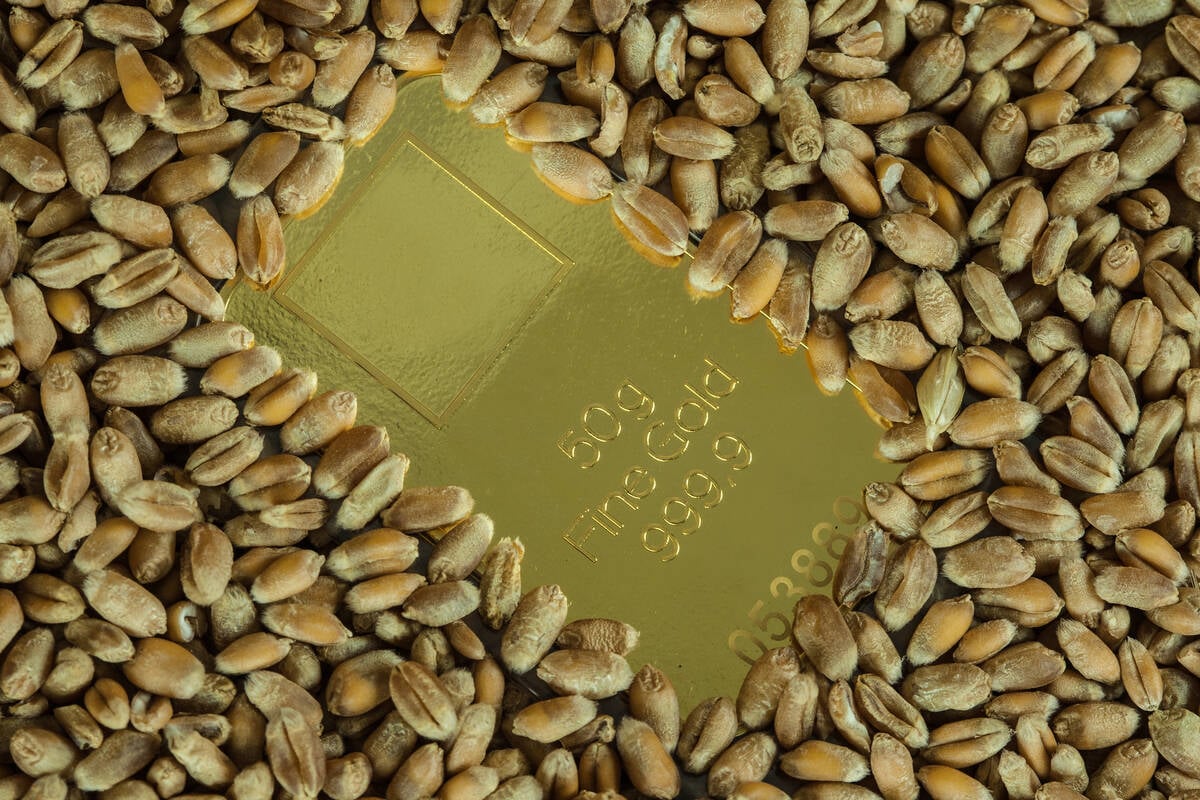
Several market relationships are out of kilter
Commodity watcher John DePutter takes a look at why ‘extreme market positions’ are being taken in corn, wheat and soybean futures — and why that matters to Prairie farmers.
Achtymichuk’s cabbage root maggot project was started after Lorsban was deregistered and removed from the market in 2023.
“We started 2024 with no product available to control root maggots mid-season,” she said.
“And we get three to four generations of this beast every year.”
To find an alternative in treating cabbage and broccoli, they tested Cimegra, Isocycloseram and Verimark. The trial began in 2024 and will be continued this year.
Achtymichuk’s insecticide choices were based on previous trials and other treatment experiences.
Cimegra is registered for wire worm in potatoes, so she was “reasonably confident” that it would work on the maggots and received emergency registration for the trial. Isocycloserum is up for registration in the United States for use in crops, such as brassicas and cereal crops.
A few different methods were used when it came to planting.
There were two types of transplanted seedlings, some pre-treated with insectidice while in the seed trays and others receiving treatment to the ground immediately following transplant.
Direct seeding and applying treatment once the field was established was the other method.
All plants additionally received a mid-season treatment of insecticide.
The method that proved most effective was treating seedlings before transplanting. However, cabbage and broccoli responded differently, as did the transplanted versus direct-seeded plants.
“The mid-season application of insecticides was beneficial to the transplanted broccoli, but not the transplanted cabbage. Broccoli has a much shorter growing season than cabbage, so that’s why it affects it differently.”
The direct-seeded plants, with treatment at planting and four weeks later, had improved yields.
Best overall treatment results came from Cimegra, for which Achtymichuk hopes they can use the data to obtain full registration. However, they will making a second emergency registration application for the product this month so that it can be used for the 2025 season.
Full registration is also being sought for Isocycloserum.
The sweet corn trials were part of an effort to provide producers with more information about the newer varieties that have been appearing on the market.
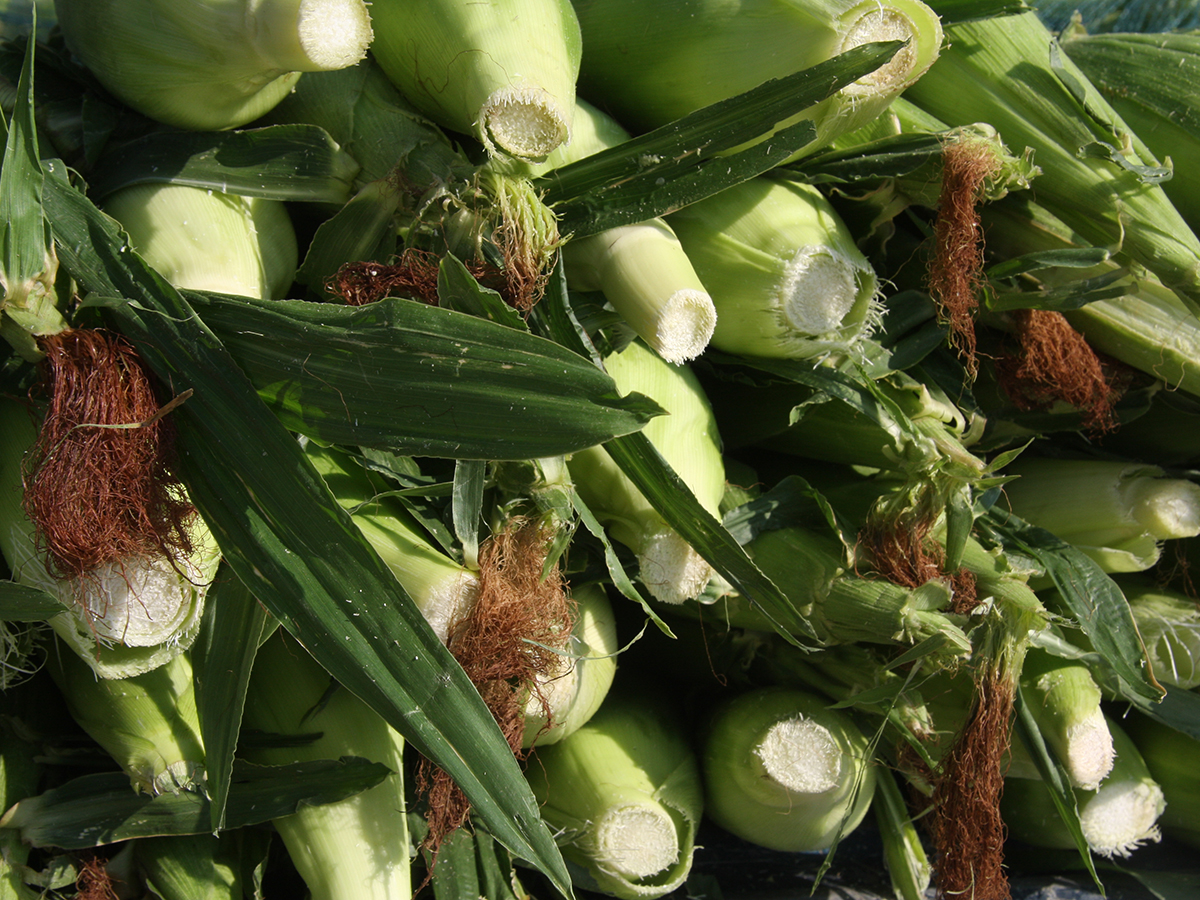
“Every year, seed companies release numerous sweet corn varieties at the same time numerous cultivars of sweet corn are removed from the market,” Achtymichuk said.
“Sometimes, those are the varieties that our producers love the most.”
Keeping in mind growers’ priorities of maturity earliness, cob yield and cob quality, Achtymichuk wanted to compare the new varieties to those currently grown by producers. A variety’s field performance traits and “superior” qualities were also studied.
In 2023, 24 varieties were planted in a farm trial. The crop was new to the grower and the field, which proved to have a salinity issue that affected crop quality. Because of the salinity, researchers weren’t able to collect field results but were able to investigate cob quality.
“Cafe, Sweetness and Temptress had over 75 per cent of the cobs ready in a single harvest,” Achytymichuk told attendees.
“This is highly desirable because it reduces the number of times we’d have to send people into the field to harvest.”
However, no single variety was great in all desired traits. Cappuccino and Gold Standard were very difficult to remove from the stalk, while Quick Start and Sweetness were the easiest. Fast Lane and Trinity had the lowest row count.
In 2024, the cold and slow-warming spring caused emergence problems. When the corn was planted May 24, the soil temperature was 13 C. One month later, on June 24, the soil temperature was the same.
“What we did find out, though, was that the varieties that performed well, or emerged, and had a good stand count in 2023 in the saline soils, happened to be the same varieties that were pretty good with the cold temperatures.”
They found that Cappuccino, Espresso, Temptress, Temptation and Tenderfoot handled the stress better than others. The best tip fill was found in Fast Lane, Luscious and Latte. Fast Lane was also the earliest to harvest in 2024, beating the others by 10 days.
The overall findings for the study were that Cappuccino, Essence, Temptress and Tenderfoot were the best performing. But there was a bit of give and take when it came to harvest and quality, with the earlier varieties having lower yields and quality, while those with higher yields were very late. Additionally, none of the varieties reached 50 per cent harvest maturity before the end of August, meaning a miss of peak season.
“What we did discover was we don’t think there’s anyone really breeding for earliness in the market,” she said.
“And probably because we’re a small market, and the breeders, they’re looking at places where they could sell a lot of seeds. So, we’re kind of missing out on what we really need for our industry.”


